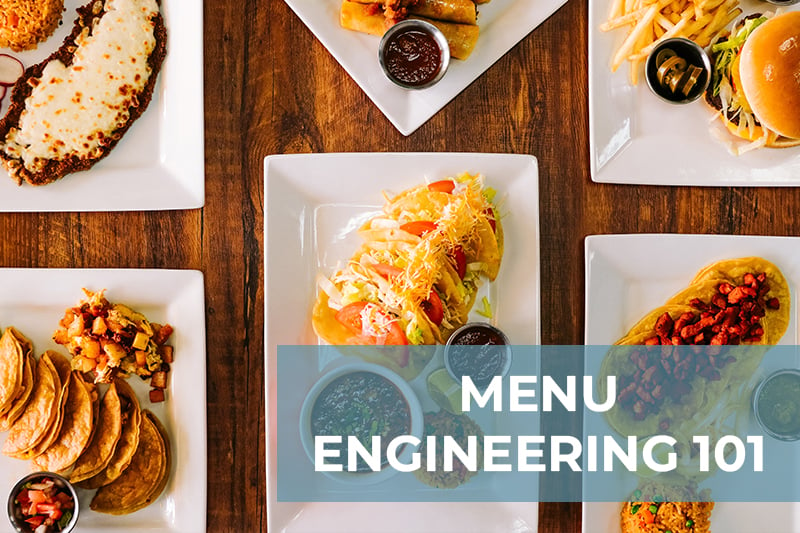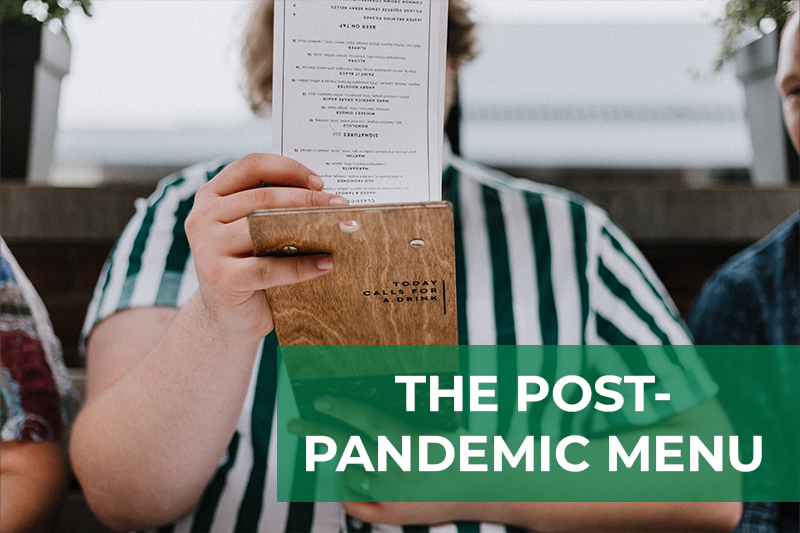Chefs at the boutique hotel in Charleston, SC, only spend a half day on monthly inventory and get accurate food cost data for profitable plates.
The Problem
Chef Christopher Koski joined Emeline as the Executive Sous Chef in January 2022. His most important task? Getting a handle on the inventory across the property’s food outlets, including Frannie & The Fox, The Den, and in-room dining.
When he started, inventory was painstaking: He’d print 15 different Excel sheets, sort through a thick stack of supplier invoices for the month, and manually update prices in each cell. The hotel’s pastry and banquet chefs were taking inventory, too; all in all, it took the team up to 4 days to complete.
But even when inventory was finally complete, it was inaccurate—the manual data entry was prone to errors, making reconciliation extremely difficult for accounting.
Plus, food costs were outdated. According to Chef Chris, COGS calculations were “always a best guess.” There was a basic form he used for recipe costing, but with the wrong data going in, he knew he couldn’t get the right numbers to come out.
Consider meatballs: even if the price of something as common as ground beef went up, he didn’t have that information on hand to raise the menu price accordingly.
The Solution
Chef Chris had used restaurant management systems in past roles, so he knew he needed similar tech to make inventory efficient and start properly tracking the profitability of the hotel menus. The Food & Beverage General Manager recommended Craftable from his experience in a past role, so Chef Chris decided to give it a try.
“Craftable blew the other platform out of the water,” he said.
The old inventory spreadsheets were organized alphabetically, causing staff to spend unnecessary time sorting through pages to find the correct item to count. But with Craftable, inventory is organized by where it actually lives within the kitchen. The intuitive design made counting much more efficient, and offline mode protected the team from any unexpected WiFi outages.
Plus, electronic invoicing meant Chef Chris never had to manually transfer food cost from an invoice to a spreadsheet. All he had to do is take a photo of an invoice, then email it to his accounting team and his Craftable account. AP is a breeze with every ingredient automatically GL coded.

The Impact
By using Craftable to eliminate manual data entry and adopt a streamlined SOP, inventory at Emeline was reduced from 4 days to just 4-5 hours. Chef Chris is no longer sorting through thick stacks of invoices and updating 15 spreadsheets—he just takes inventory directly on his phone.
After Chef Chris implemented the foundation for Craftable at Emeline, he asked Chef Ethan McRaney to support the rollout of additional features in spring 2023—including recipe costing. The culinary team finally had access to accurate food costs, so they felt confident engineering each menu for improved profitability.
“Even if a price changes on a basic item, I know when I look at the recipe that it’s current pricing. Everything automatically updates,” says Chef Ethan.
Building recipes helped the chefs uncover opportunities for recipe swaps and pricing updates. For example, a popular pizza topped with Taleggio recently had to be increased by a dollar per pie because the cost of the cheese had spiked.
The Outcome
Chefs Chris and Ethan now have a consistent, time-efficient inventory process. All they have to do is pick a day at the beginning of the month, communicate it across the culinary team, then take a couple of hours for the count.
“That time saved is so valuable to us,” says Chef Chris. “It’s allowed us to do other things, like adding lunch service and costing seasonal menus for the first time.”
As of August 2024, the chefs have built and cost out over 450 recipes in Craftable. They’re keeping margins at 20%—higher food cost recipes, like fish specials, get balanced out by lower food cost recipes, like the popular signature pizzas.
“We know which margins we want to be within before we set the price. Craftable does all that math for you!”
—Chef Christopher Koski, Executive Sous Chef
It’s a far cry from the “best guess” he used to engineer recipes back in January 2022.
An unexpected benefit of Craftable’s inventory and recipe features? Immediate insight into allergens. The entire front of house staff is trained on which recipes have what common allergens, like peanuts or gluten. In forgetful moments, or for less common allergies, FOH can just reference Craftable for every ingredient in each menu item. “It’s critical and time-saving,” says Chef Chris.
“We couldn’t be happier with Craftable,” adds Chef Ethan. “We’re relying on it more and more as time goes on.”




.png)
